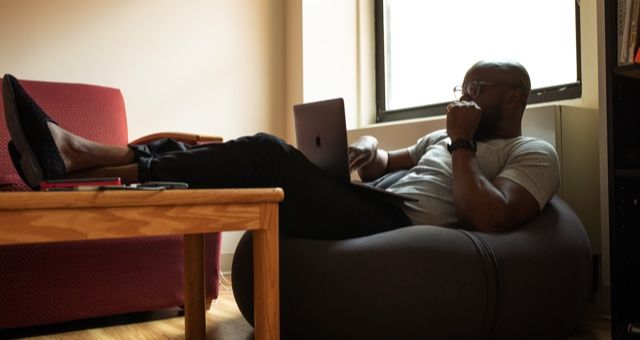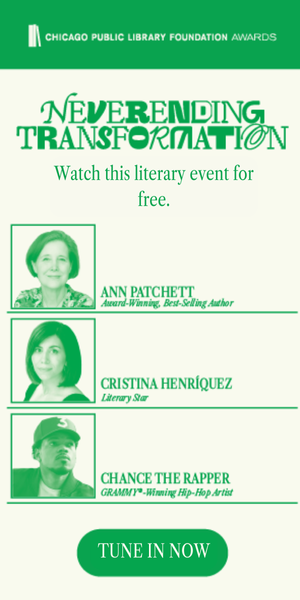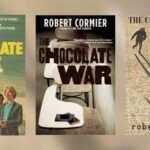
Journey to the Interactive World of Big City Map
Imagine being able to walk around the world of your favorite comic book series. Imagine getting 360 views of pivotal locations for the comic book. Or even the possibility of wandering around in virtual simulation.
The Idea of Big City Map
That’s what Big City Map set out to do. Based on the independent comic, Brotherman: Dictator of Discipline, Big City Map was a digital project to bring the world of Brotherman to life. The comic was created by two brothers, writer Guy Sims and Dawud Anyabwile (David Sims), in the late 1980s/1990s about a public defender, Antonio Valor, who decides to take justice into his own hands. Clinton Fluker, Assistant Director of Engagement and Scholarship at Atlanta University Center, Robert W. Woodruff Library and Project Lead of Big City Map explains that Brotherman “spawned a movement…it started the independent black publishing boom in ’80s/’90s.”
At the time, Fluker was the Outreach Coordinator Open Educational Resource Specialist at Emory University and worked at the Emory Center for Digital Scholarship in 2017. During his time at Emory, he noticed scholars were “using GIS technology and archival maps to understand different ways cities, like Atlanta, had changed over decades.” Fluker is a scholar of contemporary Black speculative thought. He had wanted to unpack why Brotherman had resonated so much with its readers.
https://www.instagram.com/p/BX-J-5LjhTs/
“I realized they had put together a full city. While the character of Brotherman is interesting, the real character people responded to was the city,” he explained. Fluker knew of another digital humanities project, Digital Yoknapatawpha, exploring the works of William Faulkner, but Fluker wanted to do something even more visual.
Creating Big City Map
Fluker created a proposal to create this digital humanities project to the Emory and it was accepted. The team had ten people including a GIS specialist, a VR computer scientist, GIS librarian, Anyabwile, and Sims, as well as the colorist of new book. They began figuring out how to make a 3D model of this world.
One technique was to use 360 degree renderings of the real world. “If we took 360 images of real world settings throughout Atlanta that were similar to the comic book, then we provided 360 degree renderings to the artists. They could mimic how a 360 camera bends the light, the curves, the line. They can stitch together their image into Big City.”
https://www.instagram.com/p/BYeSF_oHI5Z/
While there are currently three immersives online (both for computer and mobile), the project developed 20 immersives shots. There’s even a shot where people can wander into a house to look around. The project also developed an interactive map of Big City that links to different scenes of Brotherman. They even developed a virtual reality component but that is not available online.
Once they got the green light it took six months to bring it all together. However, not all of the work is currently online.
The Result
There were two reasons that Fluker wanted to pursue this project. The first was that he wanted to “try an interesting digital scholarship project.” The second was his academic interest and tutorial interest of “really developing strategies of engaging scholars and communities in archives and using for creative purposes. Often times you think of archives as places where you look at rare books and artifacts…and those people have to be wearing tweed jackets,” Fluker explains. He wanted to demonstrate to students that “with any large scale creative project that resonated with people, [the artists] did a lot of research, often in archives. These projects are a way for me to fuse pop culture with analog work that goes on in an archive.”
Check out the great work of Big City Map.
For people interested in more of Fluker’s work, check out the recently opened exhibition The Alchemist’s Notebook: The Satire, Remixes and Haunts of Black Kirby at Atlanta University Center Robert W. Woodruff Library’s Virginia Lacy Jones Exhibition Hall that is open until July 2020. The exhibition looks at the work of Stacey Robinson (Assistant Professor of Graphic Design and Illustration, University of Illinois at Urbana–Champaign) and John Jennings, known together as Black Kirby, also paired with books and other ephemera in the Woodruff Library.
Other Interactive Projects
If you are interested in reading about other interactive literary projects, check out this post about Harry Potter or this post on the best books for control freaks. Or if you want to read more about black comic book writers and artists, check out this post on 30 Black Comic Book Writers You Should Know About.








